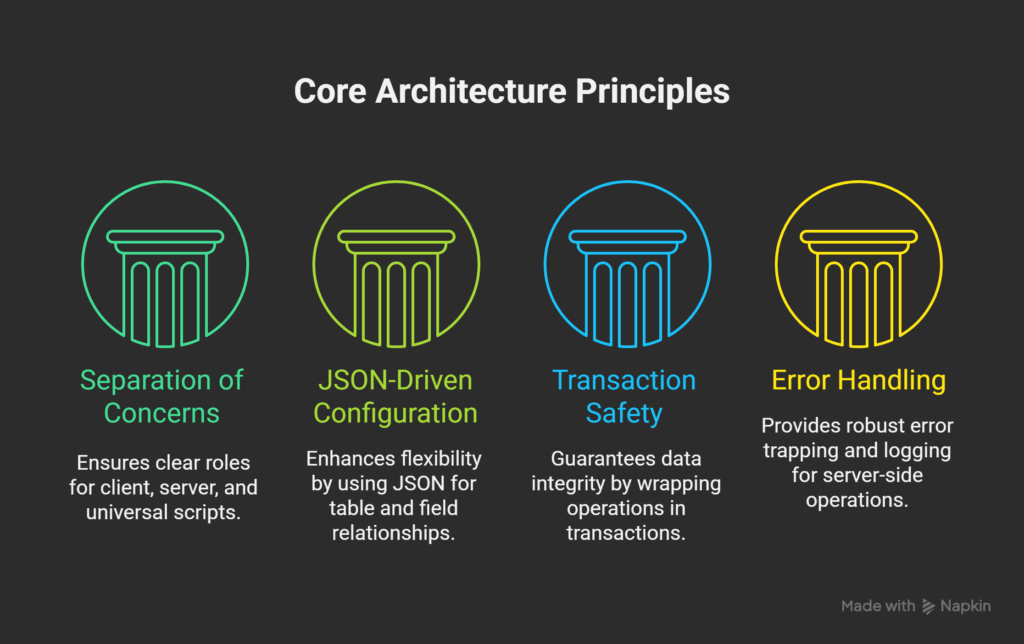Introduction
Navigating the world of Git with Visual Studio Code (VSCode) on Windows can be a seamless experience once you understand a few key concepts and workflows. In this post, we’ll explore how to effectively use VSCode to clone a repository,
set up a new project, and push your work to GitHub, all while avoiding common pitfalls like unwanted nested directories.
Cloning vs. Initializing: Understanding the Difference
Cloning a Repository with VSCode
When you want to copy a repository from GitHub to your local machine, you’ll use the Git: Clone command in VSCode. This is perfect for when you’re starting work on an existing project that’s hosted remotely. Here’s how to do it right:
- Start with the “Root” Folder in VSCode: This should be the parent directory of where you want your project to live.
- Run the Clone Command: Access the Command Palette with
Ctrl+Shift+Pand select Git: Clone. - Provide the Repository URL: You’ll paste the URL of the repository you wish to clone here.
- Select the Parent Directory: When prompted for a clone location, choose the parent directory. VSCode will then create a new folder matching the repository’s name.
Initializing a New Project with Git in VSCode
For those times when you’re beginning a fresh project locally or want to bring an existing unversioned project under Git’s wing, you’ll need to initialize a repository. This method doesn’t create additional folders; it turns your current project folder into a Git repository. Here’s the step-by-step process:
- Open Your Project Directory: Directly open the existing folder you wish to version control in VSCode.
- Initialize Git: Open the integrated terminal and run
git init. - Add Your Files: With
git add ., you stage your files for committing. - Commit Your Files: Lock in your initial changes with
git commit -m "Initial commit". - Link Your Repository: Connect your local repo to GitHub using
git remote add origin YOUR_REPOSITORY_URL. - Push to GitHub: Upload your code to the remote repository with
git push -u origin main.
Troubleshooting and Useful Commands
Sometimes, you’ll need to check the status of your repository or troubleshoot issues:
- Checking Status:
git statusis your go-to for current repository status. - Viewing Commit History:
git logshows you a log of commits. - Listing Remote Connections:
git remote -vverifies your remote repository links. - Setting Upstream for Pushes: Use
git push --set-upstream origin mainif you’re configuring the upstream for the first time. - Accessing the Output Panel: For detailed Git operation logs, go to
View -> Outputin VSCode and selectGitfrom the dropdown menu.
A Step-by-Step Guide to Pushing to GitHub
After setting up your local repository, it’s time to share your project with the world through GitHub. Here’s how:
Step 1: Create a New GitHub Repository
- Log into your GitHub account and create a new repository.
- Name your repository to match your project’s name for consistency.
- Select the visibility for your project (public or private).
- Skip the initialization checkboxes since your project already exists.
Step 2: Connect Your Local Repository to GitHub
In the terminal within VSCode:
- Run
git remote add origin YOUR_REPOSITORY_URLto link your local repository to the one on GitHub. - Use
git remote -vto check that the remote has been added correctly.
Step 3: Push Your Code to GitHub
- Push your work with
git push -u origin main. This will upload your project and set the remotemainbranch as the default for future pushes and pulls.
Tips for Smooth Sailing
- Consistently use the integrated terminal in VSCode for Git commands to maintain a smooth workflow within your development environment.
- Frequently commit your changes with clear, concise messages. This practice is vital for tracking the evolution of your project.
- Regularly push your commits to GitHub to back up your work and make it available for collaboration.
- If you encounter any issues, check the VSCode Output Panel for Git operations. It can provide detailed error messages that will help in troubleshooting.
Conclusion
Whether you’re cloning a remote repository or pushing a local project to GitHub, understanding these fundamental practices is crucial for managing your development projects. By using VSCode in conjunction with Git, you unlock a powerful, efficient workflow that supports project tracking, backup, and collaboration.
Embrace these steps, and you’ll find that managing your code with VSCode and Git becomes second nature. Remember, the key to proficiency is consistent practice and exploration. So, dive in, experiment, and happy coding!








